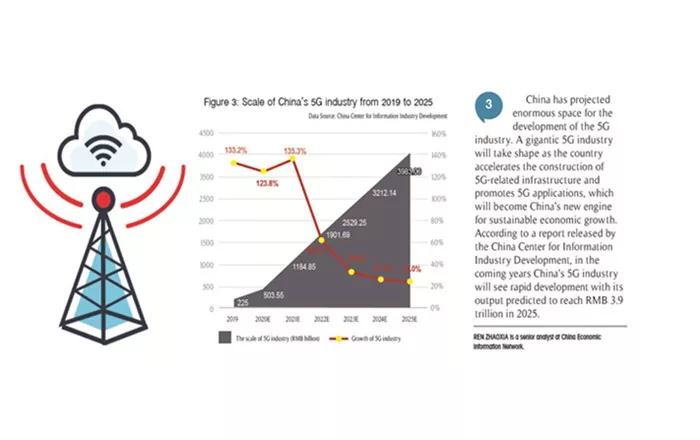Premier Li Qiang Calls for Systemic Reforms to Bridge Innovation-Industry Gap
BEIJING, June 9 – Premier Li Qiang has mandated urgent reforms to accelerate the transformation of scientific achievements into industrial applications, identifying this as the critical “last mile” in China’s innovation chain. The directive came during the State Council’s 14th thematic study session focused on institutional mechanisms for technology transfer.
Key Reform Priorities
| Challenge Area | Proposed Solution |
|---|---|
| Evaluation Systems | Overhaul R&D assessment metrics to emphasize commercial potential |
| Enterprise Leadership | Elevate corporate role in national research projects |
| Academic-Industrial Links | Forge targeted university-corporate partnerships |
Implementation Framework
The action plan features three institutional innovations:
- Ownership Reforms: Pilot separation of IP rights from academic appointments
- Financial Engineering: Develop specialized venture debt instruments
- Service Platforms: Establish regional tech transfer hubs
Strategic Context
This push addresses China’s persistent “death valley” in innovation:
- Only 15-20% of patents currently achieve commercialization
- Academic promotion systems disproportionately favor publication metrics
- Corporate R&D spending remains concentrated in incremental improvements
“We’re rewiring the entire innovation value chain,” explained Liu Qing, director of the Yangtze Delta National Technology Innovation Center who briefed the session. “The new measures will align laboratory breakthroughs with manufacturing ecosystems.”
Next Steps
The State Council will:
- Issue detailed implementation guidelines by Q3 2025
- Expand the Shanghai-led “Scientists’ Ownership Reform” pilot
- Launch 10-15 national-level technology transfer platforms
This initiative complements China’s broader drive to develop “new quality productive forces,” with success metrics to include both commercialization rates and time-to-market for critical technologies.
Related topics:

